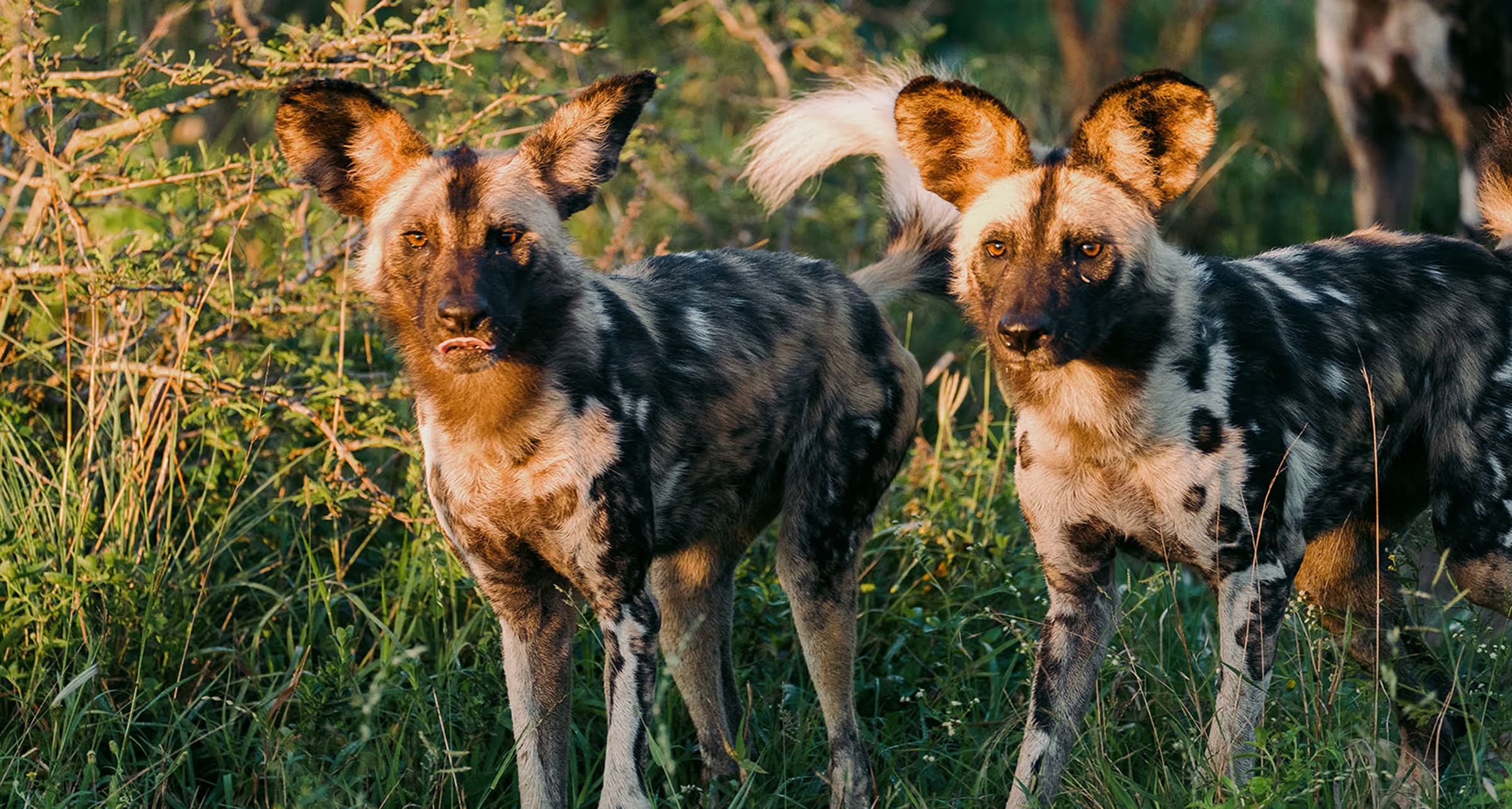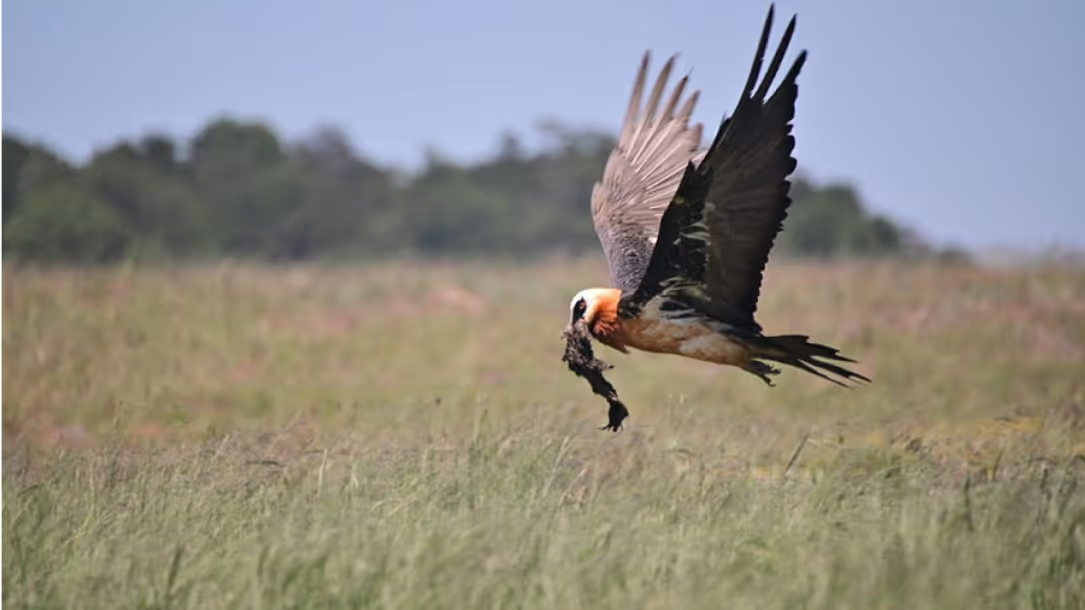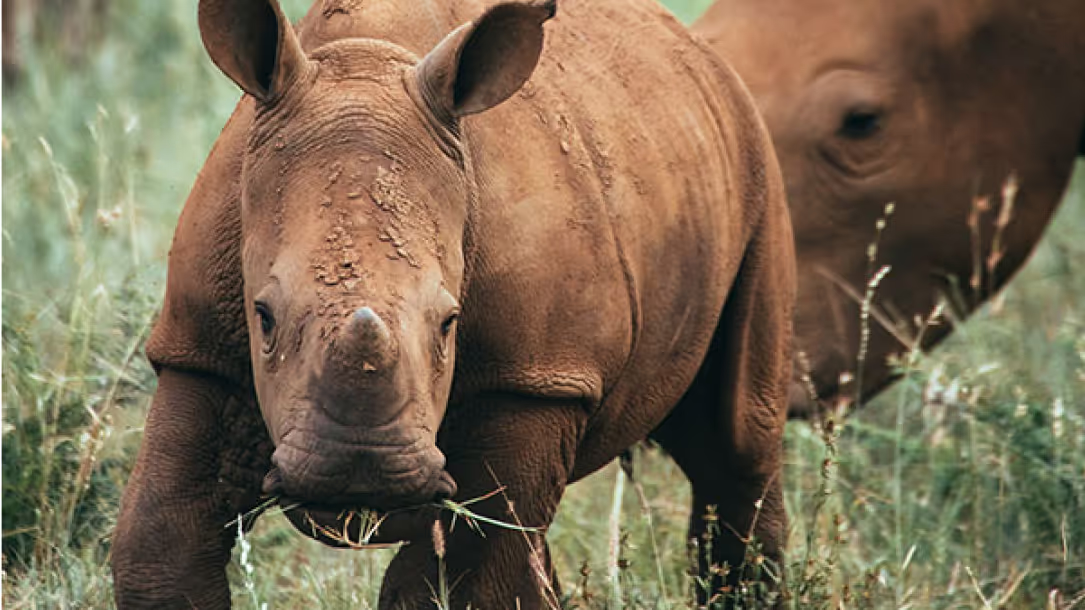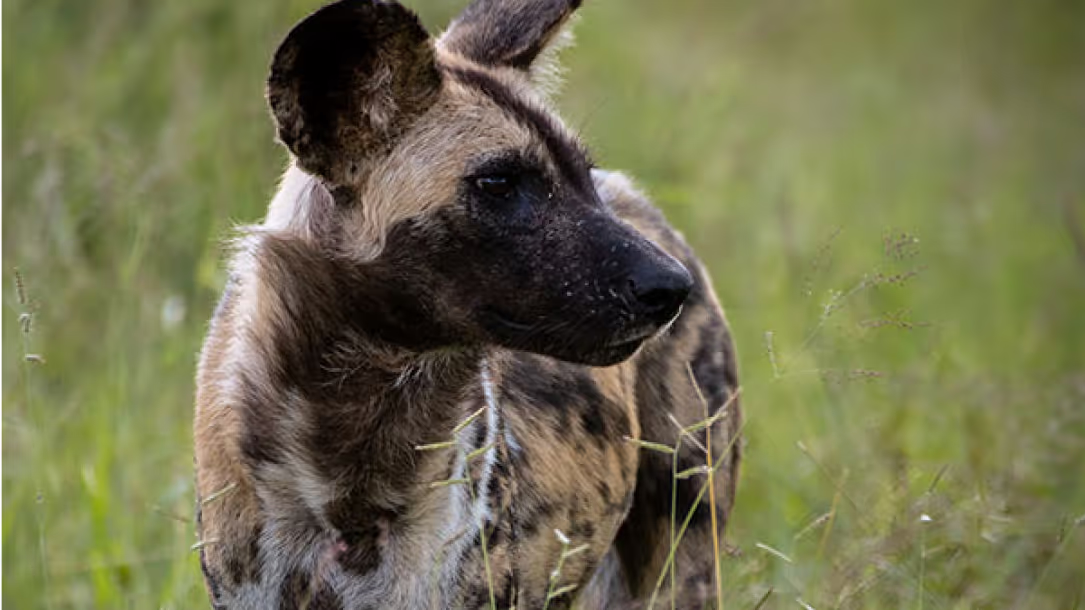Endangered Species Recovery and Reintroduction
The survival of Africa’s most endangered species demands more than protection; it requires strategic intervention.
Together with its conservation partners, Wildlife ACT specialises in species recovery through the safe capture, translocation, and reintroduction of endangered and priority species into protected areas, helping to rebuild wild populations where they are most needed. Every wildlife relocation is carefully planned to prioritise animal welfare, with intensive post-release monitoring ensuring that each individual successfully adapts to its new environment.

Our experienced field teams combine hands-on conservation expertise with the latest GPS and satellite tracking technologies to monitor reintroduced wildlife daily. This real-time data collection on animal movements, behaviours, and wellbeing is critical for both immediate success and for informing long-term management strategies essential to species conservation.
Reintroduction of over 200 Black Rhinos
Wildlife ACT’s wildlife translocation and reintroduction efforts have made a measurable impact. In partnership with WWF South Africa and their Black Rhino Range Expansion Project, we have helped reintroduce over 200 Black Rhinos into new protected areas in recent years.
Our work with African Wild Dogs
Our work with African Wild Dogs, one of Africa’s most endangered carnivores, includes daily monitoring of over one-third of South Africa’s remaining population. These efforts directly support genetic diversity, range expansion, and the survival of small, fragmented populations.
We safely relocate African Wildlife
Since our founding, Wildlife ACT has safely relocated more than 800 individual animals, fitted over 950 tracking devices, and played a leading role in rescuing hundreds of wildlife from threats such as snaring and poaching. Our species recovery programmes extend across a range of threatened species, including Cheetahs, African White-backed Vultures, Bearded Vultures, and other critical components of healthy ecosystems.

This impact is made possible through strong collaborations with conservation authorities, protected area managers, and trusted partners.
By combining field expertise, cutting-edge technology, and a shared commitment to conservation, Wildlife ACT continues to drive real change on the ground.
Every successful wildlife reintroduction helps restore natural balance, strengthens biodiversity, and brings us closer to a future where endangered species can thrive in healthy, connected landscapes.



